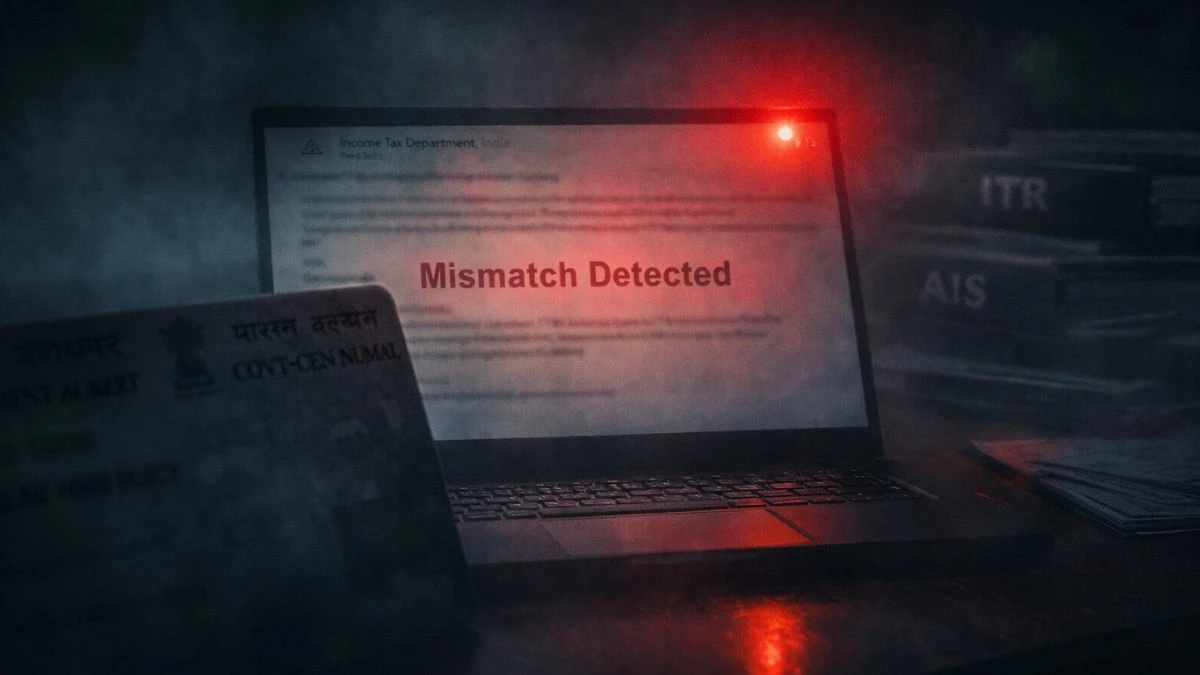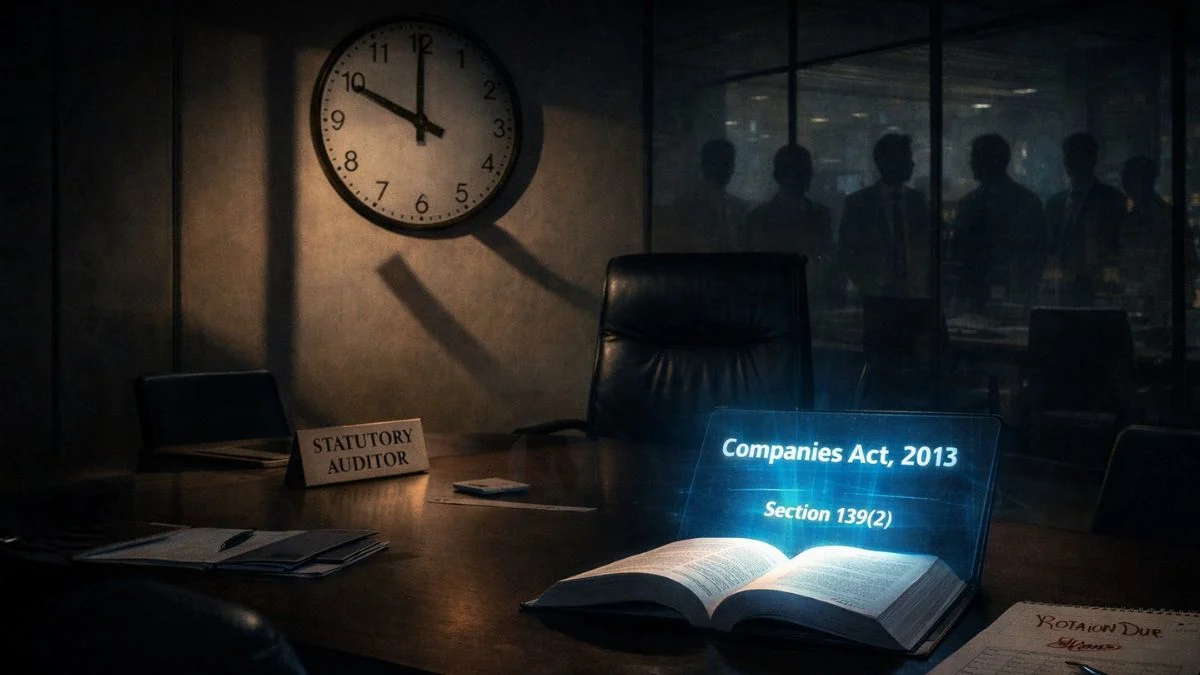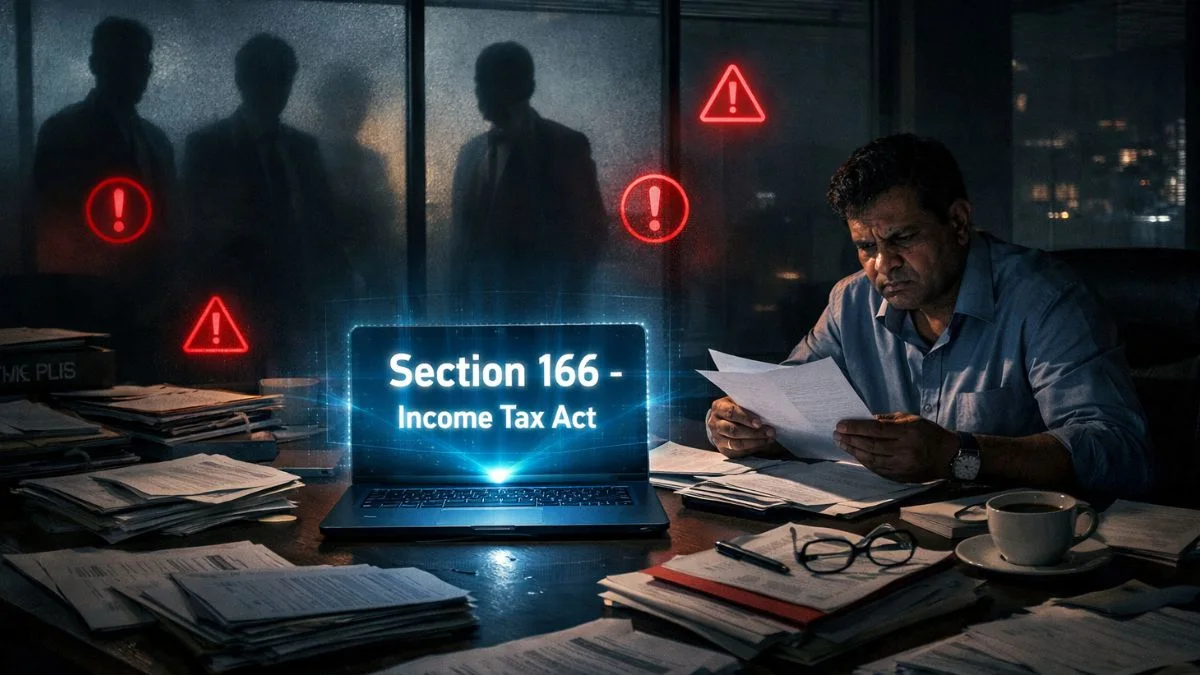
Imagine missing a deadline & paying a hefty price—not in lost time, but in penalties. That’s exactly what Section 271F of the Income Tax Act, 1961 is about. Though it has been abolished for returns filed from AY 2018–19 onward, it's still relevant for those who didn’t file older returns on time. Let’s break it down in simple terms so you never fall into its trap.
What is Section 271F?
Section 271F imposed a penalty of ₹5,000 if a taxpayer failed to file their Income Tax Return (ITR) by the due date as specified under Section 139(1). This provision was applicable till Assessment Year 2017–18. So, if you were required to file a return & failed to do so on time for any financial year up to FY 2016–17, you could have been penalised under this section.
Is Section 271F Still Applicable?
No. Section 271F was rendered inoperative from Assessment Year 2018–19 (i.e., Financial Year 2017–18) onwards. It was replaced with Section 234F, which introduced a graded fee structure based on delay & total income.
However, if you missed filing ITR for FY 2016–17 or earlier & are now under scrutiny or facing notices, Section 271F may still haunt you.
When Was the Penalty Levied?
The penalty under Section 271F was not automatic. It was levied by the Assessing Officer (AO) only after giving the taxpayer an opportunity to explain the delay. If the reason was found to be unsatisfactory, the officer had the authority to impose the ₹5,000 fine.
Situations when a penalty under Section 271F could arise:
- If a taxpayer did not file ITR even after receiving a notice under Section 142(1).
- If a person whose gross total income exceeded the basic exemption limit failed to file an ITR on time.
- If a taxpayer deliberately avoided filing returns to conceal income."
Real-Life Example
Suppose Mr. Sharma earned ₹6.5 lakhs in FY 2015–16 but didn’t file his return before the deadline under Section 139(1). He didn’t even respond to subsequent notices. When the tax authorities picked up the case later, they imposed a penalty under Section 271F because the return was not filed till the end of the assessment year.
This is not just a theoretical risk. Many taxpayers were issued penalty notices under Section 271F in earlier years, & some still face this today during assessments of older fiscal years.
Why Was Section 271F Removed?
The Government introduced Section 234F from AY 2018–19 to streamline the penalty process. Unlike Section 271F, the new section automatically levies a fee based on the delay & does not require separate adjudication. Here's how 234F works today:
- ₹5,000 if the return is filed after the due date but before 31st December.
- ₹10,000 if the return is filed after 31st December.
- ₹1,000 if income is below ₹5 lakh.
This shift made the compliance process more transparent & automated.
Key Takeaways for Taxpayers
- If you’re dealing with returns of FY 2016–17 or earlier, ensure you’ve either filed them or have a valid explanation for the delay."
- Always keep a record of communication with the tax department, especially if any old notices are received.
- Be proactive in responding to any queries under scrutiny assessments—delays can invoke past provisions like Section 271F.
- For newer years, keep track of Section 234F & the applicable penalty structure.
Final Thoughts
Tax laws evolve, but their implications often stretch across years. Section 271F may have been scrapped, but if you missed filing ITRs for older years, it can still come back around. Staying compliant & timely with filings is the simplest way to stay safe from such outdated—but-still dangerous—provisions.
Need help filing old or missed returns?
👉 Let experts at Callmyca.com handle it while you stay worry-free.











